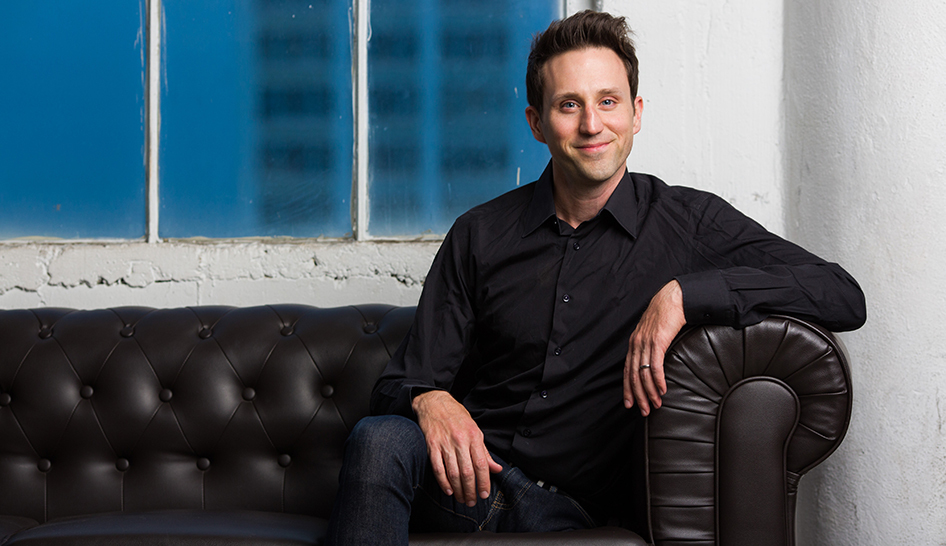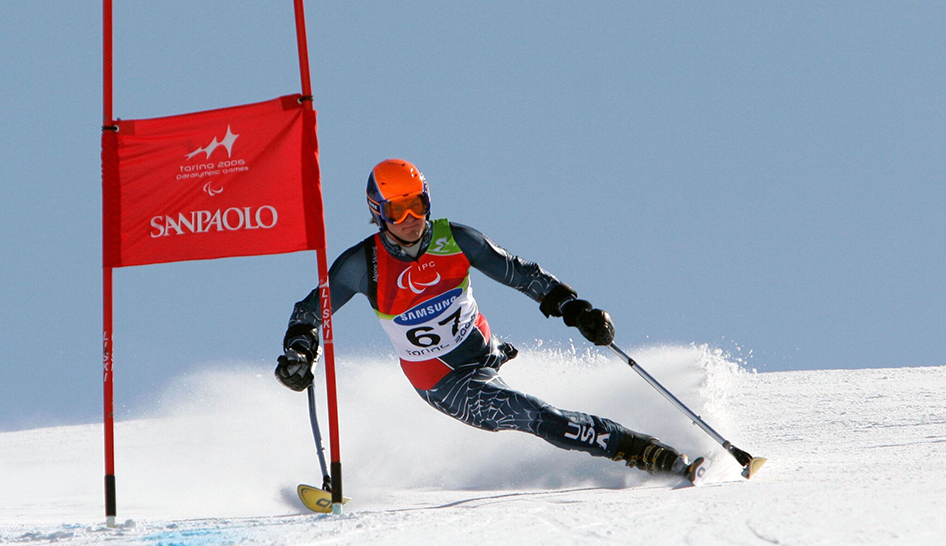Amid all of the uncertainty, stress, and frustration everyone in the fitness industry has been feeling over the past several months, it’s safe to say that we all need a bit more laughter and creativity these days. Josh Sundquist, paralympian, best-selling author and comedian, will give us a chance to do so during his IHRSA Innovation Summit keynote, where he’ll tell his inspirational story.
In his presentation, which is generously sponsored by ClubConnect, Sundquist will walk us through his journey that began when he lost his left leg to childhood cancer, and resulted in him competing on Team USA in the Alpine slalom and giant slalom at the 2006 Paralympics.
“In these times more than ever, we need the ability to get back up when we fall,” he says. His unique approach to life’s challenges will leave you inspired to do more and be more.
Sundquist Talks ‘One More Thing, One More Time’
Sunquist is the type of person that everyone wants to have as a friend. Inspirational, positive and funny, he is likely to leave you feeling ready to reimagine your business and your personal approach to innovation.
Club Business International (CBI) had a chance to catch up with Sundquist to learn more about his journey, his motivation style, and his views on the fitness industry. While the below interview was conducted before the pandemic, it still sheds light on what makes Sundquist so special and why we chose him to speak at the IHRSA Innovation Summit.


